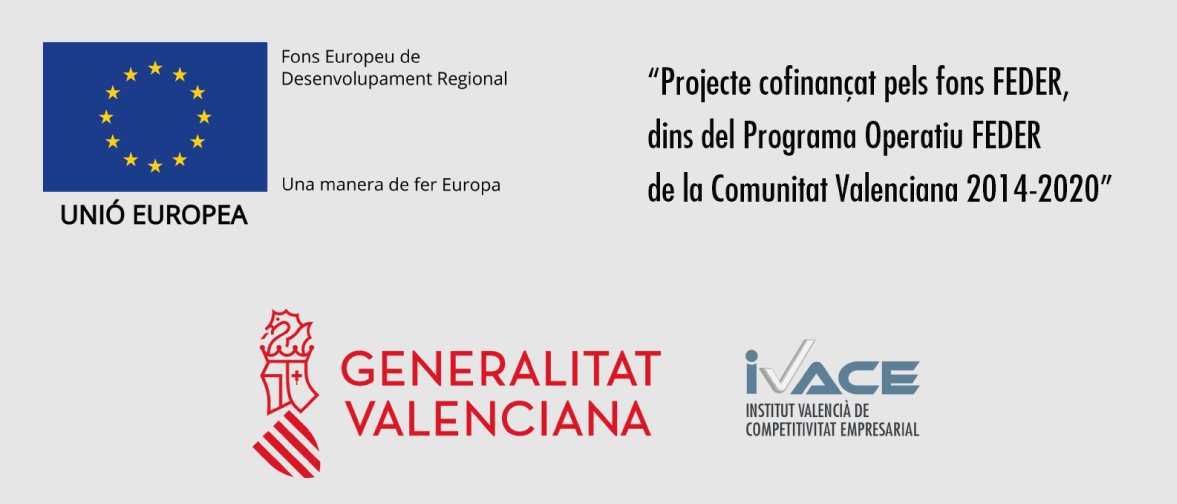3.1 - TopHat/Hisat2 & Cufflinks protocol
To complete this protocol using the pipeline mode, remember that you will need the following material:
- The 5 fastq files of the infected group (samples from BI1 to BI5).
- The 4 fastq files belonging to the control group (samples from BC1 to BC4).
- The fasta file with the fSpaAur1.1 reference genome and its associated GTF file.
When you have this material ready, you can access the pipeline designer interface (RNAseq Protocols → Pipeline mode) and proceed as indicated in video 12
Video 12. Tophat/Hisat2 & Cufflinks protocol for differential expression analysis executed using pipeline mode of RNASeq.
|
Expected results from the Tophat/Hisat2 & Cufflinks protocol using the Pipeline execution mode: When the pipeline mode is complete, you will receive the results of differential
expression sample with the reads mapped against the reference genome. The expected results of this step are available in the following link Pipeline mode: Tophat/Hisat2 & Cufflinks protocol Remember you can check if the job was successfully completed by accessing the job tracking panel of RNASeq. To learn more about any tool used in the pipeline and their outputs see their respective manuals, referred in previous sections of this tutorial. |
|---|

